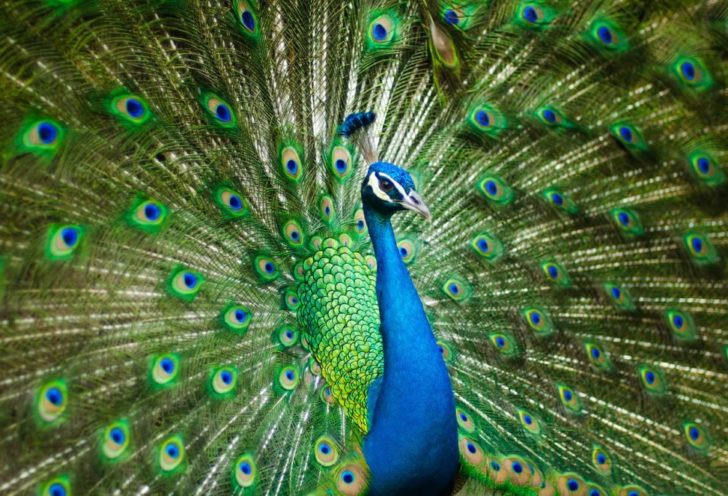[Pink Birds: A Comprehensive Guide to These Enigmatic Creatures]

Pink Birds: A Comprehensive Guide to These Enigmatic Creatures
Introduction:

Pink birds have long fascinated both ornithologists and casual observers alike. With their vibrant plumage and unique characteristics, these birds stand out in any natural setting. In this article, we will provide an in-depth overview of pink birds, including their types, popularity, quantitative measurements, differences, and historical pros and cons. Whether you are an avid bird watcher or simply curious about these fascinating creatures, this article will leave you with a deeper understanding of pink birds.
An Overview of Pink Birds
Pink birds, also known as flamingos, belong to the family Phoenicopteridae. The most well-known species is the greater flamingo (Phoenicopterus roseus), which is native to parts of Africa, Europe, and Asia. These birds are instantly recognizable for their long, slender legs, S-shaped necks, and downward-curving bills.
A Comprehensive Presentation of Pink Birds
1. Types of Pink Birds:
– Besides the greater flamingo, there are four other species of flamingos: the lesser flamingo, Chilean flamingo, Andean flamingo, and James’s flamingo. Each species has its own unique characteristics and geographical distribution.
– Lesser flamingos are smaller in size and inhabit saline or alkaline lakes in sub-Saharan Africa and India.
– Chilean flamingos are found in various parts of South America and are characterized by their pale pink plumage and yellow legs.
– Andean flamingos are the rarest of the species, residing in the high-altitude Andean plateaus.
– James’s flamingos, also known as Puna flamingos, inhabit the Andean salt flats of Argentina, Bolivia, and Chile.
2. Popularity of Pink Birds:
– Pink birds have captivated people worldwide for their stunning appearance and graceful movements.
– In recent years, pink birds have become popular decorative themes in various contexts, such as interior design, fashion, and even social media aesthetics.
– The vibrant pink color of these birds has inspired artists and designers, often seen in home decor, clothing, and accessories.
Quantitative Measurements of Pink Birds
1. Physical Characteristics:
– The average height of an adult flamingo ranges from 3.3 to 4.6 feet (1 to 1.4 meters), and their wingspan can reach up to 5.9 feet (1.8 meters).
– Flamingos are known for their unique feeding habits, using their specialized bills to filter-feed on small organisms, such as algae and brine shrimp.
– These birds can live up to 20 to 30 years in the wild, with some individuals reaching up to 50 years of age.
2. Habitat and Distribution:
– Pink birds primarily inhabit shallow lagoons, mudflats, and salt pans. They are often found in tropical and subtropical regions, where food sources are abundant.
– Greater flamingos, for example, can be found in parts of Europe, Africa, and Asia, while lesser flamingos prefer the various lakes in East Africa and Western India.
Differences Among Pink Birds
While all pink birds share a similar aesthetic, several key differences set them apart:
1. Size and Variation:
– The greater flamingo is the largest species, with an average height of 4.6 feet (1.4 meters), while lesser flamingos are considerably smaller, measuring around 3.3 feet (1 meter).
– Chilean flamingos have a distinct appearance with pale pink plumage and yellow legs, whereas Andean flamingos have more vibrant pink feathers with black markings.
2. Behavioral Traits:
– Pink birds engage in fascinating social behaviors, such as forming large breeding colonies and performing elaborate courtship displays.
– Each species has unique mating rituals, including synchronized displays and ritualized preening.
A Historical Overview of the Pros and Cons of Pink Birds
1. Cultural Significance:
– Throughout history, pink birds have held symbolic importance in various cultures. In ancient Egypt, they represented the sun god Ra, while the Native American Hopi tribe associated them with abundance and fertility.
– However, the commercial exploitation of flamingos for their feathers and eggs during the 19th and early 20th centuries led to a decline in population and disruption of ecosystems.
2. Environmental Impact:
– The presence of pink birds is often indicative of healthy ecosystems, as their feeding behavior helps regulate algae and other organisms in aquatic habitats.
– Conservation efforts have successfully protected pink birds and their habitats, leading to population recovery and a decrease in human interference.
Conclusion:
Pink birds, with their vibrant plumage and captivating presence, continue to intrigue and inspire us. By delving into their various types, measurements, differences, and historical significance, we have gained a deeper appreciation for these enigmatic creatures. As we work towards preserving their habitats and appreciating their beauty, we ensure a future where pink birds can flourish in all their splendor.





















